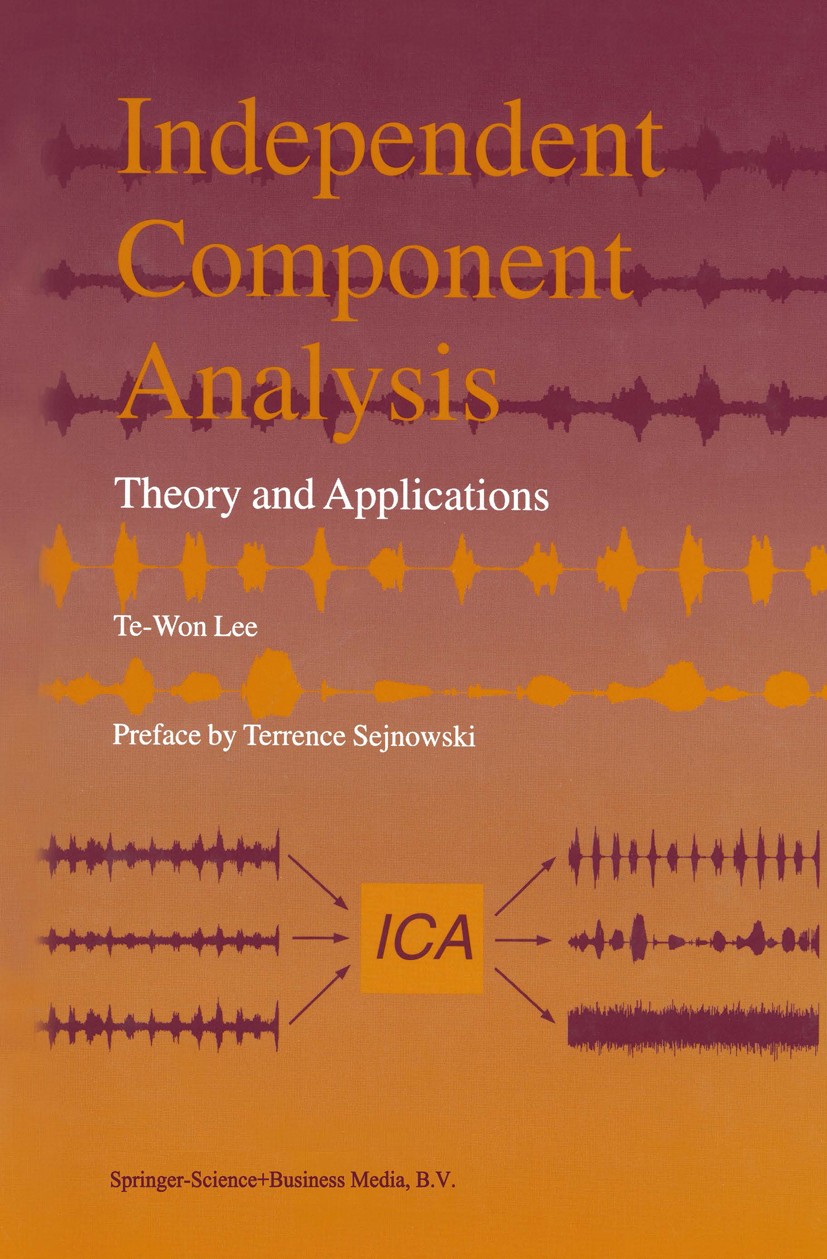Independent Component Analysis (ICA) is an algorithmic method used to separate a set of signals or observations into its underlying components. It is a type of blind signal separation technique, which relies solely on the statistical properties of the input signals and does not require any prior information about them. ICA was first proposed by Bell Laboratories scientist T.W. Anderson in the 1950s.
ICA evaluates signals using information-theoretic criteria to identify signals which have been “mixed” together, and then separates each of these signals from the others. ICA is applied in many fields, including speech recognition, communications, EEG signal processing, and data mining.
In EEG signal processing, ICA is applied to separate multi-channel signals into statistically-independent components. This helps researchers to perform signal analysis with more accuracy and potentially identify new pathways and neural networks.
In communications, ICA is used in wireless networks to separate the outlier signals from the main signals in order to reduce the interference caused by the outlier signals.
In data mining, ICA is used to separate high-dimensional data into its underlying components. This can help researchers to identify meaningful features in the data that were previously hidden in the data.
Overall, ICA is an important technique for signal processing, communications, and data mining. It can help researchers to identify meaningful components in a set of signals or observations.





